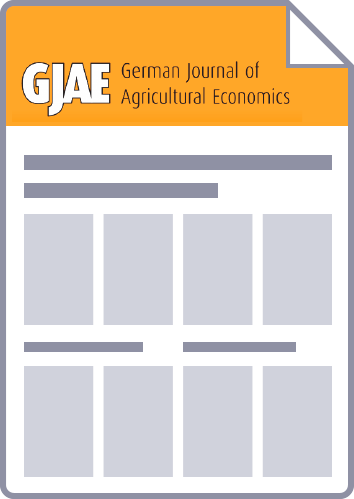Until now empirical analyses have not succeeded in the determination of a general upon agreed bunch of the most important driving forces of structural change in agriculture beyond the level of the national economy. It will be argued that the sometimes contradictory results of different studies are caused by the endogenous dynamics of structural change as well as by mixing up different levels of causality. The influence of single causes, therefore, is not necessarily characterised by linearity, symmetry and independence of other causes, of the location or of time. Multi-level-models are being presented as a method with the capability to cope with these problems by modelling hierarchical relations and dynamics in time simultaneously. The flexibility of the method as well as its capability to generate new insights will be demonstrated on the example of a panel analysis for the explanation of regional differences in structural change of agriculture.



